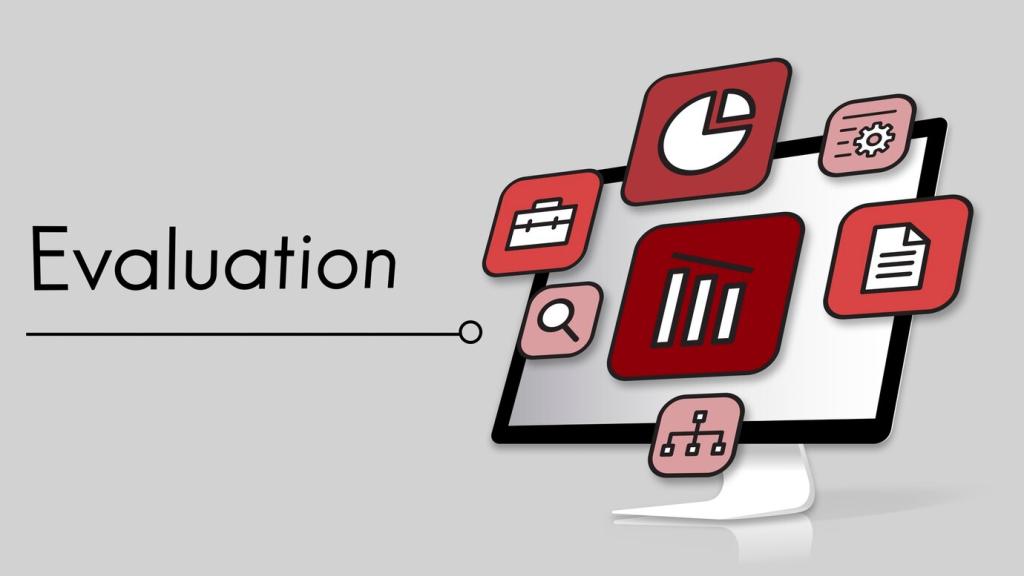
Navigating the Common Challenges in IT Risk Assessment
Chosen theme: Common Challenges in IT Risk Assessment. Let’s demystify the roadblocks that derail sound judgment, from hidden assets to hazy risk appetites. Read, reflect, and share your experiences—then subscribe for weekly, practical insights you can actually use.
Why These Challenges Persist
Legacy Systems and Persistent Blind Spots
Decades-old systems often hide risky dependencies that never made it into modern inventories, leaving assessment teams guessing. When nobody owns a component, nobody models its failure. Comment with the most surprising legacy dependency you have uncovered during a risk review.
Rapid Change Versus Slow Governance
Cloud, containers, and AI platforms sprint ahead while governance frameworks advance at a walking pace. By the time a policy is signed, the architecture has shifted again. Share how you balance experimentation with disciplined risk assessment without paralyzing delivery.
Human Factors and Cognitive Bias
Availability bias pulls attention to the last incident, not the next one. A security lead once admitted their worst outage followed a spotless quarter, because complacency set in. How do you keep curiosity alive when everything seems quiet and safe?
Incomplete Asset and Data Inventories
Shadow IT and Untracked SaaS
Teams swipe cards for convenient SaaS, bypassing procurement and discovery tools. Without identity integration and centralized logging, assessing data exposure becomes guesswork. Tell us how you encourage teams to declare tools early without slowing their momentum or creativity.
Ephemeral Cloud Resources and Tags
Instances spin up for hours, then disappear without tags, owners, or cost centers. Risk assessors inherit a puzzle with missing pieces. What tagging rules, guardrails, or pipelines helped you keep cloud inventories accurate enough for credible assessments?
Third-Party and Supply Chain Visibility
Vendor questionnaires capture intentions, not behaviors. SBOMs, attestations, and shared telemetry help, but stitching them into a living model is hard. Share which vendor signals best predict real risk, and how you validate assurances beyond paperwork.
Compliance checklists can catch basics yet miss business-logic abuse, privilege escalation paths, and misuse of trusted features. Tell us about a time a checklist said green, but threat modeling revealed a glaring, lived-in path to impact.
Threat Modeling Gaps

Heatmap Complacency and Ordinal Traps
Colorful matrices feel decisive, yet ordinal scores do not support arithmetic. Rank reversals and false precision creep in. Have you tried a lightweight FAIR approach or ranges to temper certainty and still prioritize work credibly?

Data Scarcity and Uncertainty Management
Perfect data rarely exists. Use credible ranges, scenarios, expert elicitation, and sensitivity analysis to show what truly drives risk. What techniques helped your stakeholders accept uncertainty without stalling on important, timely decisions?

Aggregation Errors Across Portfolios
Summing risk scores across systems ignores correlation and shared failure modes. One dependency can synchronize many losses. How do you build portfolio views that reveal concentrations, cascading paths, and smart diversification opportunities worth funding?
Translating Technical Findings to Business Impact
Executives buy outcomes, not acronyms. Frame risk in terms of revenue, reliability, and reputation, using specific scenarios and expected loss ranges. My turning point was a story tying a minor control gap to a missed quarter—suddenly everyone leaned in.
Conflicting Incentives and Risk Appetite
Product teams need speed; security teams need assurance. Without a clear, shared risk appetite, debates never end. How do you codify thresholds, exceptions, and timelines so decisions feel fair, repeatable, and aligned with strategy?
Reports That Inspire Action
Skip wall-of-text findings. Use trends, before-and-after metrics, and clear owners with deadlines. A one-page brief with three decisions beats a fifty-slide deck. Subscribe for templates that turn assessments into accountable, budget-backed plans.

Operationalizing Assessments
Integrate threat modeling into sprint rituals, define acceptance criteria for risky changes, and treat guardrails as code. Pull requests that fail policy checks teach earlier, cheaper lessons. What ceremonies keep risk relevant without slowing delivery?
Operationalizing Assessments
Automate control validation, collect key risk indicators, and run purple-team exercises that test assumptions. Feed detections and lessons back into the register. Tell us which signals most reliably alert you when yesterday’s assessment has drifted from reality.


